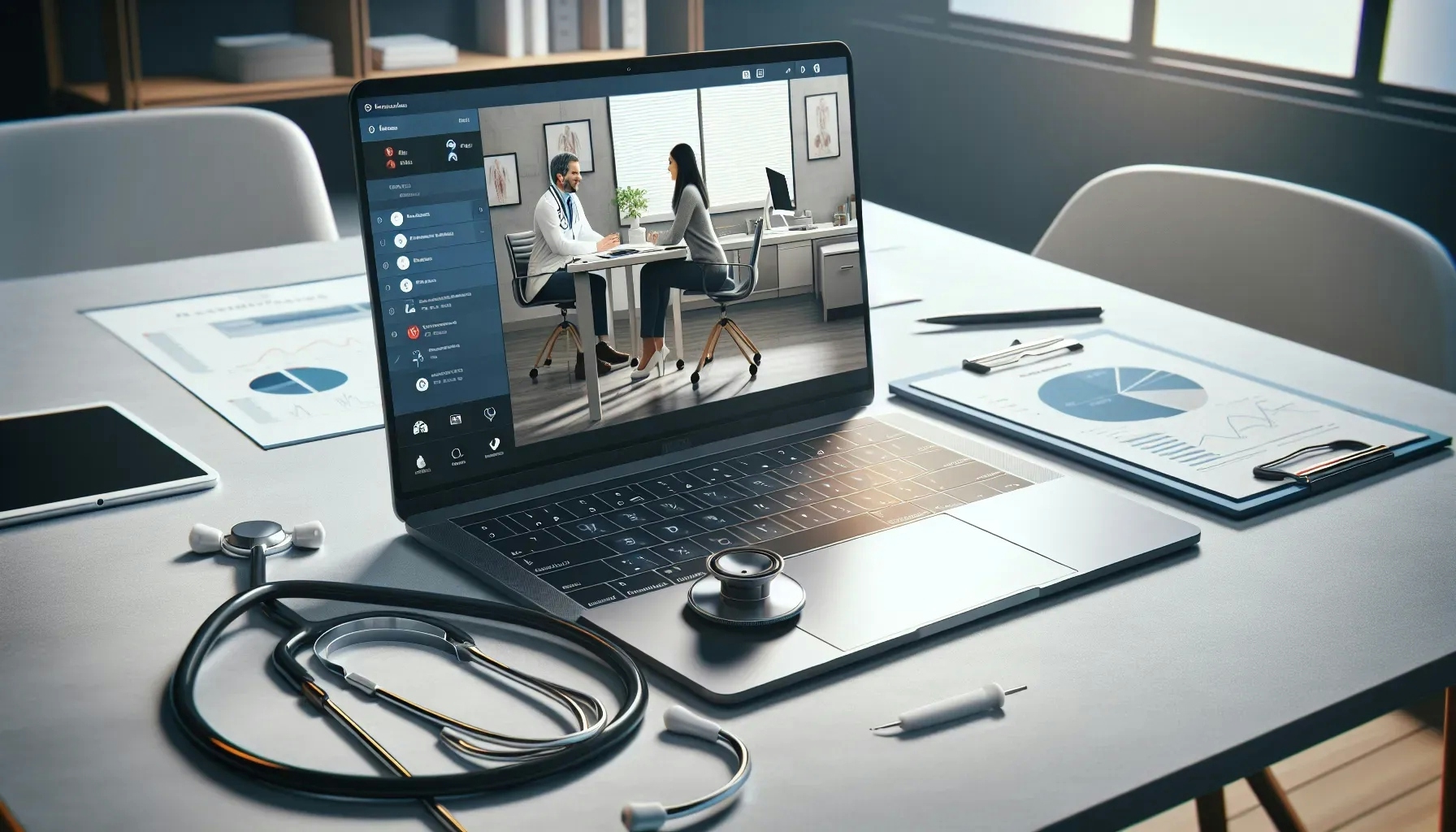What is the Role of Telehealth in Health Informatics?
Exploring the integration of telehealth into informatics, we begin with insights from a Telehealth Coordinator on its transformative effects in rural patient care. Alongside expert perspectives, we've included additional answers that highlight the diverse impacts of telehealth, from enhancing clinical decision support to bridging healthcare access gaps. These narratives underscore the pivotal role of telehealth in modern healthcare informatics.
- Telehealth: Transforming Rural Patient Care
- Continuous Health Tracking via Telehealth
- Telehealth Enhances Clinical Decision Support
- EHRs Enriched by Telehealth Data
- Telemedicine Boosts Patient Engagement
- Telehealth Bridges Healthcare Access Gaps
Telehealth: Transforming Rural Patient Care
Telehealth is definitely the future of health informatics, and whether you appreciate it or not, telehealth services are here to stay in health care. Travel and transportation used to create barriers to maintaining treatment for many of our patients who happen to live and work within any of the large rural spaces which surround the city limits where our two largest health centers are located. Although the provision of telehealth services was born of necessity during the pandemic, it quickly became apparent that being able to reach patients wherever and whenever they are is a total game-changer. This is especially true for supporting our patients with ongoing treatment plans for diseases like addiction and behavioral health issues that most benefit from regular counseling and accountability. Ongoing attendance has vastly improved among behavioral health patients, as well as those scheduled for illness follow-ups because, in addition to eliminating the stress of added transportation, telehealth has also offered the option of avoiding waiting rooms with potentially infectious individuals. Unlike the physical limits of traditional care, by offering telehealth services, we've given patients a path to maintaining care that improves their ability to stay healthy, without unnecessary travel or exposure to contagious diseases. While it may mean a little extra IT training and resources to get off the ground, the benefit to patients has been too great to not make it worth the effort.
Continuous Health Tracking via Telehealth
The incorporation of telehealth into health informatics allows for continuous observation and recording of patient health information. By leveraging technology, healthcare providers can track vital signs and health markers in real-time, which enhances patient safety and early intervention strategies. This ongoing data collection process ensures that the patient's health status is constantly updated, aiding in timely medical responses.
Moreover, it can help in predicting potential health issues, allowing for preventive measures to be taken. Reflect on how real-time data monitoring could improve your health management and consider telehealth services for continuous health tracking.
Telehealth Enhances Clinical Decision Support
Telehealth serves as a pivotal tool for providing clinical decision support to medical staff, irrespective of their location. With this digital advancement, clinicians can access expert advice and diagnostics support without having to be physically present, thereby making medical knowledge more widely accessible. This can lead to improvements in patient outcomes, as decisions are made based on a breadth of knowledge rather than the limits of a single facility.
Remote decision-making fosters collaboration among healthcare professionals by connecting them through a shared digital platform. If you are a healthcare provider, think about the potential benefits of remote decision support and explore telehealth options available to you.
EHRs Enriched by Telehealth Data
Telehealth extends the capabilities of electronic health records (EHRs) by providing a more dynamic and comprehensive patient care experience. With telehealth integration, EHRs not only store static patient information but also capture and utilize real-time data from teleconsultations, allowing for more personalized and updated care plans. This enhancement can lead to better-coordinated care and streamlined operations within healthcare systems.
Additionally, telehealth's contribution to EHRs may improve patient follow-ups and long-term healthcare management. Encourage your healthcare providers to utilize telehealth-enhanced EHRs to optimize your healthcare experience.
Telemedicine Boosts Patient Engagement
With the rise of telemedicine, there is a significant increase in patient engagement and participation in their own health management. Patients now have the ability to consult with their doctors, manage appointments, and receive care from the comfort of their homes through telemedicine services. This convenience often leads to higher satisfaction rates, better adherence to treatments, and improved health outcomes.
Telemedicine also enables patients to take a proactive role in managing chronic conditions, thereby promoting a more patient-centric approach to healthcare. Consider how telemedicine can make managing your health more convenient and take the first step in engaging with telehealth services.
Telehealth Bridges Healthcare Access Gaps
Telehealth has played a crucial role in diminishing the gap in healthcare access, especially for individuals living in rural areas or those with mobility challenges. By providing medical consultations and healthcare services through digital platforms, patients who previously faced difficulties in reaching healthcare facilities can now receive the care they need. This democratization of healthcare helps ensure that personal circumstances and location do not limit one's access to medical expertise.
It promotes equality in healthcare provision, ultimately leading to better community health standards. If you have limited access to medical facilities, look into telehealth options to expand your healthcare possibilities.

